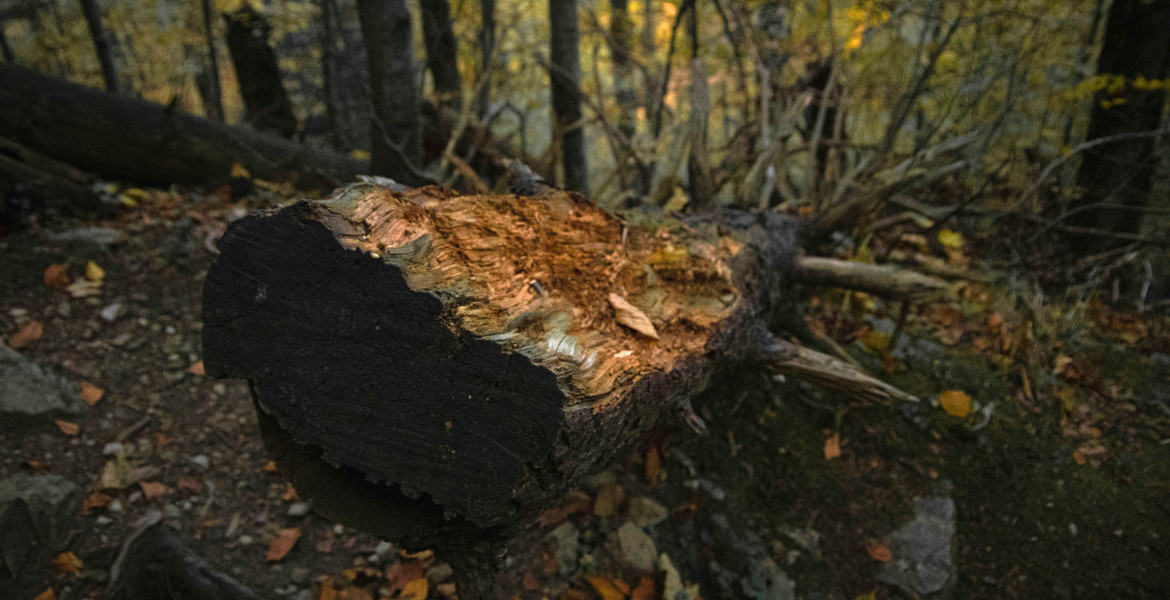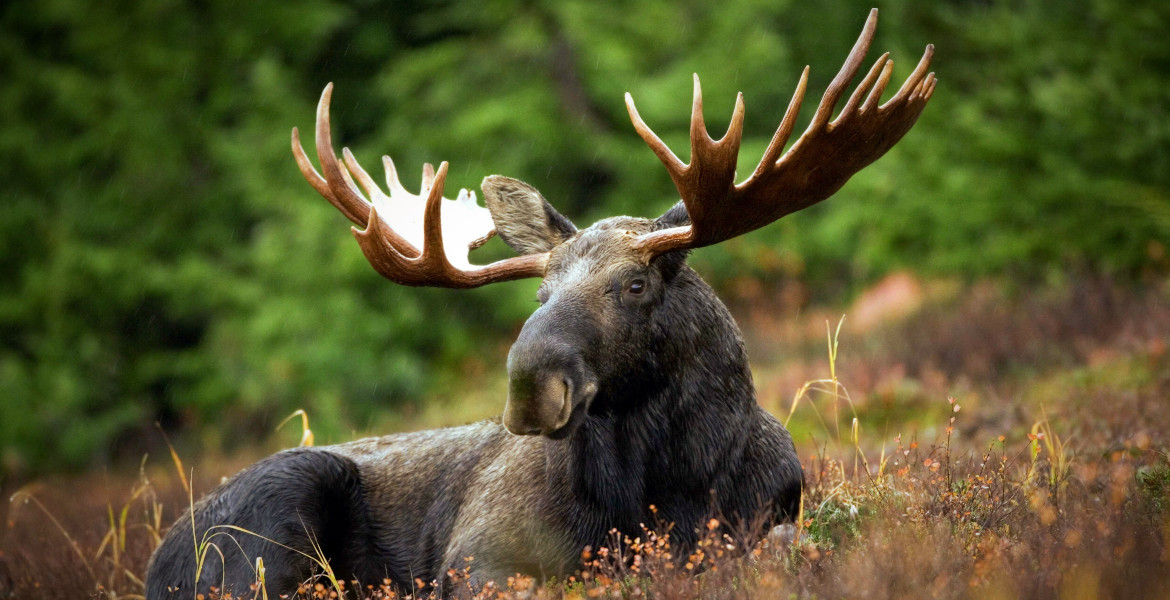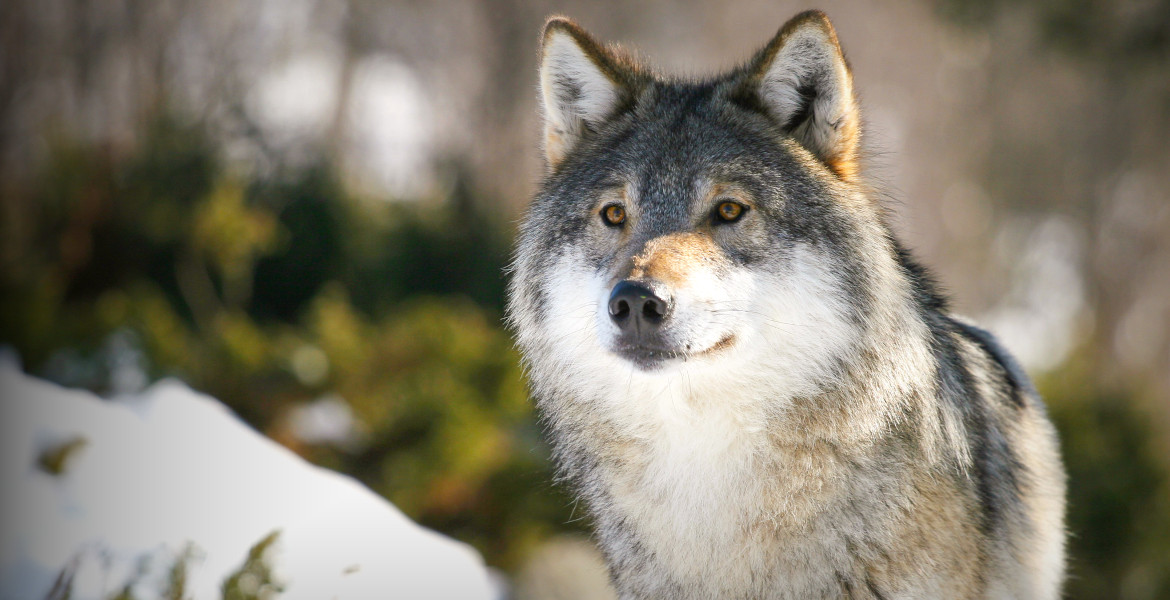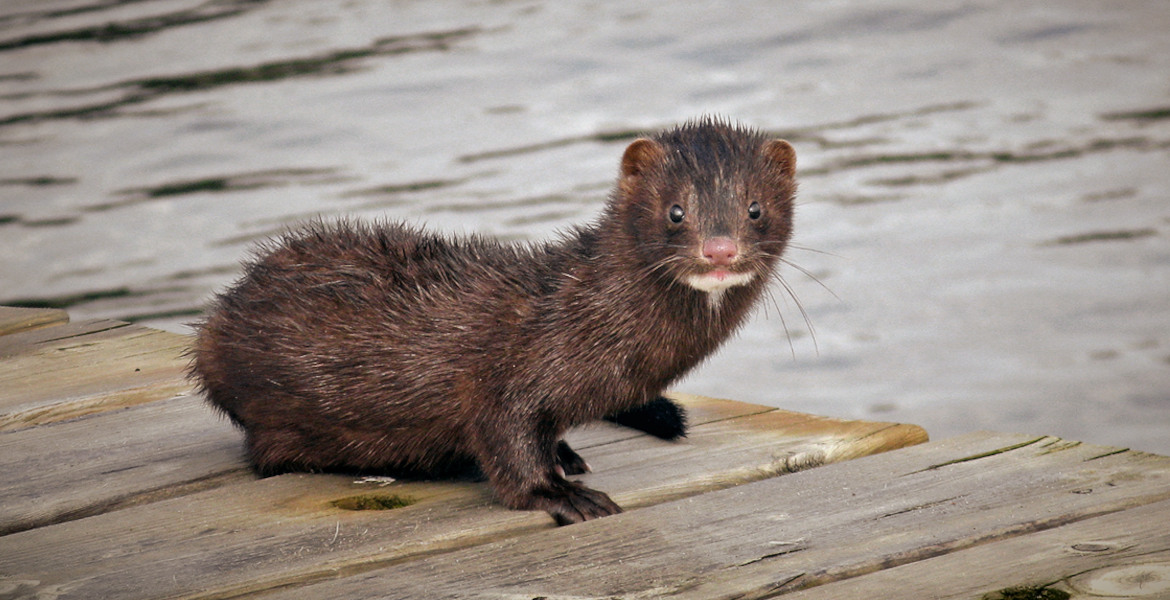New invasive species could overtake existing plants in Svalbard, a study shows. The researchers stress that environmental authorities must act quickly to prevent further spread.
The study, published in NeoBiota, is part of the Biodiversa project ASICS (Asssessing and mitigating the effects of climate change and biological invasions on the spatial redistribution of biodiversity in cold environments), which investigates how climate change and biological invasions affect the distribution of species in cold environments, such as polar and alpine regions, in order to anticipate and mitigate negative impacts on biodiversity.
Invasive species are spreading to the Arctic, including Svalbard, and can overtake native plants. So far, there has been little impact on biodiversity, according to the researchers, but they now warn that this could change rapidly. The research has developed models to map 27 invasive species in Svalbard and their potential to find new habitats.
– In relation to the current climate, we have identified three species that have particularly high potential to find new habitats in Svalbard. If they manage to spread to these areas, they could pose a threat, says James Speed, professor at the Department of Natural History at the Norwegian University of Science and Technology, according to Phys.org.
Could spread further
The three species are tufted hairgrass (deschampsia cespitosa), a type of buttercup (Ranunculus subborealis subsp. villosus), and mountain ash (Saussurea alpina). The researchers believe that almost all areas of Svalbard, both inhabited and uninhabited, can develop a suitable climate for the invasive plants to spread further. Today, however, only the invasive species are found in inhabited areas.
– Many of the species that do not belong in Svalbard may be able to spread over a much wider area than they are currently able to do, says Kristine Bakke Westergaard, Associate Professor at NTNU University.
Human activity is the main cause of the spread of new alien species to new areas. In Svalbard, visitors are not checked to see if they have brought any biological components with them. This can include checking for contaminated shoes or whether imported soil contains seeds. On the other side of the globe, in Antarctica, there are much stricter requirements and controls to prevent this type of unwanted introduction.
The lack of biosecurity practices in Svalbard is worrying scientists, who now believe that environmental authorities should act quickly to both contain and prevent the spread of the species. At the same time, authorities should work to prevent other new invasive species from entering the Arctic ecosystem








